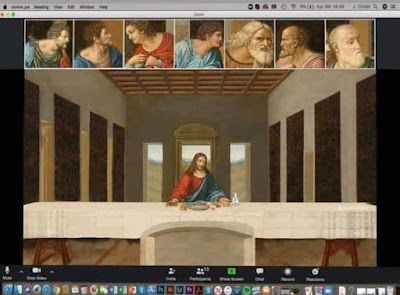Staying Local
Since I last wrote anything here, the world has opened up, given me new opportunities and milestones, and then abruptly closed down again. I’m staying local, by default, and finally have the chance to think about my fleeting return to museums in the autumn. Closed for now thanks to tier restrictions, Weston Park Museum is still the dark and silent home of The Sheffield Project: Photographs of a Changing City, an exhibition of work originally commissioned by Sheffield’s Untitled Gallery (now Site Gallery) in the 1980s. I went in with few expectations, because I was also on shift at the time, simultaneously keeper of the exhibition and curious visitor. So I was naively surprised to be moved by the experience, despite my buzzing radio and the shrieks of children on half-term visits. Sheffield is home now, and an exhibition that goes right to the heart of the city at such an important moment in its history was always likely to draw strong emotions. Those I spoke to felt the same – each had an intensely personal connection with these photographs, seeing the Sheffield they knew and loved expressing hope, and possibility, and loss, and change.
Some of the images are really very sad, unrelenting in their gloomy tone and the dereliction they depict. The stasis of vacant workshops, outdated equipment lying still and men smoking the day away, is intense, especially when the city is still so full of these empty spaces. It suggests that Sheffield has lost something unrecoverable, a life and motion imperfectly replaced by coffee shops and student accommodation. This is the city’s recent history, a past not much older than me, and it sometimes feels like Sheffield is still in mourning for it. With every demolition and every new building, there is tangible loss. As a city we rightly memorialise this loss, but it is worth asking what, precisely, we are holding onto. Is it even possible to preserve the life and motion which these buildings held? Good heritage connects the past to the present, finding meaning in old things and helping us form modern identities. In Sheffield, there is a fine line between preserving places and objects that resonate, and feeling like we should always refer back to a nostalgia-filled past to justify the new. So the loss in the images of The Sheffield Project is slippery, actually, a highly personal thing. Each image contains loss, and gain – the same factory floors later hosted artists, engineers, musicians, parties, brewers, performers. Sometimes new uses for old spaces make constant reference to the loss inherent there, which can feel like mourning rather than proper recycling. We can’t move on if everything we do has to carry the same referential hallmarks. There is still life and motion, but it’s different now.

It’s a relief to find that the sense of possibility, powerful yet uncertain in 1980s and early 1990s Sheffield, is as strong as the loss in these photographs. The prescience of the Untitled Gallery team in commissioning the collection is itself worthy of exhibition, because it strikes at the heart of how loss, change and opportunity feel in the moment of experiencing them. It reflects the very purpose of the museum: to record, as we go, the human experience that shapes us. Images of the World Youth Games, and the development that took place to support them, were particularly moving to me. This was partly personal, because my dad worked on the London Olympic bid and legacy project, so I’ve grown up with discussions about the social benefits – and costs – of major sporting events. Now I understand why the London legacy has created such disappointment. Even though the material structures in Sheffield have left their mark on the landscape, the promises of European connectedness, a renewed sense of place and opportunities for the young were always going to be hard to fulfil. But the hope shining through these images is infectious across the decades, because we’re able to suspend reality for a moment and understand how powerful possibility was at the time. We know the outcomes, we know what the new buildings are like and the limited ways in which regeneration has taken place. These images transport us to a time when not knowing was itself valuable, because hope and expectation for the future kept the wheels somehow turning in a difficult economic climate. It’s an extraordinary piece of art that can achieve this suspension of reality, especially when dereliction and reconstruction are happening in real time just outside.
I didn’t expect this exhibition to affect my perception of Sheffield so much. It’s an easy one to look at without absorbing its multiple meanings for the city, because its calming hues and absorbing, detailed images are beautiful in themselves. But it was satisfying to see my own understanding of the city visually articulated concisely and movingly, without lengthy narrative or background. The pictures do say it all, and the story of Sheffield is hard to complete without them.





Comments
Post a Comment